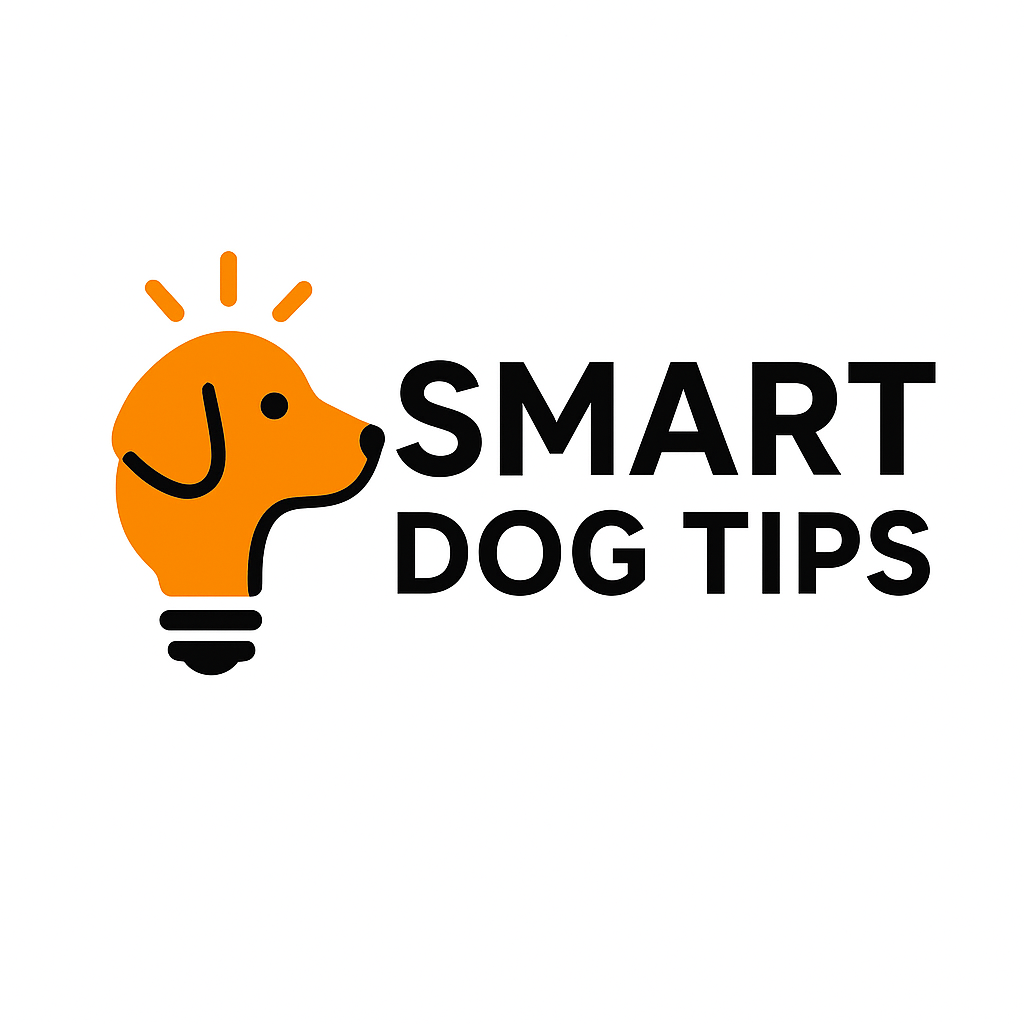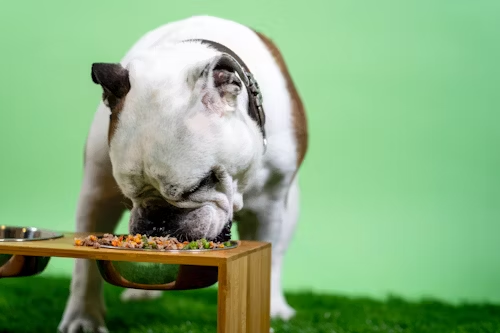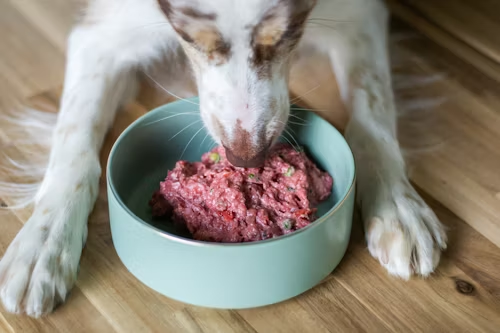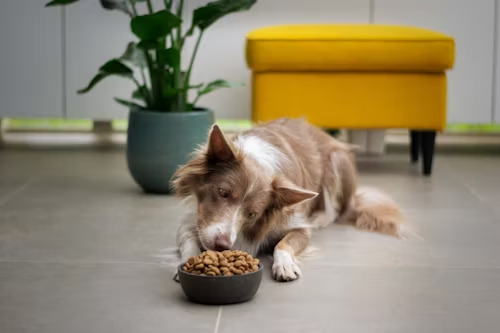It can be confusing and a little worrying when your dog turns down his usual food but still gets excited for treats.
You might be asking yourself:
“Is he being picky or is something wrong?”
Don’t worry, you’re not alone. Many dog owners deal with this exact situation. In this guide, we’ll break down why your dog might be refusing his food, what it means, and the simple, vet-approved steps you can take to fix it.
Understanding What is Going On
Dogs are creatures of habit, and when their eating habits suddenly change, it usually signals something deeper; whether it’s a behavior issue, stress, or a health concern. Before jumping to conclusions, take a moment to observe your dog’s energy levels, bathroom habits, and overall mood. These small clues can reveal a lot about what’s really going on.
1. Your Dog Might Just Be a Picky Eater
Sometimes, dogs can become a bit picky, especially when they learn that turning down their regular food leads to something tastier. If you’ve ever offered your dog a different meal or a treat after he refused dinner, you might have accidentally taught him to hold out for the “good stuff.” Over time, he figures out that ignoring his kibble earns him something better.
The best way to break this habit is to stick to a consistent feeding schedule. Put his food down at mealtime, and if he doesn’t eat within about 20 minutes, pick it up until the next feeding.
Try not to give in with extra treats or special toppers every time he skips a meal. Keep treats limited to no more than ten percent of his daily calories, and if you want to make his food more tempting, you can add a splash of warm, unsalted broth to enhance the aroma and flavor.
2. Dental Pain or Mouth Problems
Dental pain is one of the most common reasons a dog might stop eating regular food but still take soft treats. Problems like tooth decay, gum disease, or mouth infections can make chewing painful or uncomfortable. You might notice signs such as bad breath, drooling, pawing at the mouth, blood on chew toys, or general reluctance to chew.
If you notice any of these, it’s best to schedule a vet visit as soon as possible. A quick dental check can catch problems early, and most issues are easy to treat when found in time. Leaving dental pain untreated, though, can make eating miserable for your dog and may lead to more serious infections later on.
3. Stress or Anxiety Can Affect Appetite
Just like people, dogs can lose their appetite when they’re stressed or anxious. Big changes, such as moving to a new home, welcoming a new baby or pet, or dealing with loud noises like thunderstorms or fireworks, can easily throw them off balance.
When dogs feel uneasy, they often ignore their regular food but still accept treats, especially the ones that feel rewarding or comforting. To help your dog relax, try to keep mealtimes calm and predictable. Serve food in a quiet, familiar spot away from distractions, and build in some gentle exercise or playtime before meals to help release tension. If your dog’s anxiety seems ongoing, talk to your vet about safe, natural calming options that can help bring back a healthy appetite.
4. Too Many Treats or Human Food
Treats are a great way to reward your dog or show a little love, but too many can actually cause problems. Most treats are high in fat, sugar, and calories, which can leave your dog feeling full and uninterested in his regular food. It’s easy to forget how quickly those extra bites add up.
A good rule of thumb is to count all treats as part of your dog’s daily calorie intake so you’re not overfeeding without realizing it. For training sessions, try using pieces of your dog’s regular kibble instead of high-calorie treats. And as tempting as it can be to share your dinner scraps, avoid giving table food; it can create bad habits, upset your dog’s stomach, and throw off his nutritional balance.
5. Underlying Health Problems
If your dog is turning down his regular food but still eating treats, there could be more going on beneath the surface. Sometimes, dogs find treats easier to eat or more appealing because the strong smell and taste help mask feelings of nausea or discomfort. This behavior can be a subtle sign of an underlying health problem rather than simple pickiness.
Common causes include stomach or digestive upset, liver or kidney issues, pancreatitis, or even side effects from certain medications. If your dog hasn’t eaten properly for more than a day or two, or if you notice symptoms like vomiting, tiredness, or unexpected weight loss, it’s best to call your vet right away. Getting checked early can make a big difference and help your dog feel better sooner.
6. A Change in Food Brand or Formula
Sometimes dog food brands change their ingredients or formulas, and even a small difference in smell or texture can make your dog suddenly refuse to eat. If this happens, don’t worry; it’s pretty common. The best thing you can do is transition your pup slowly by mixing the old food with the new one over the course of about a week. Also, make sure you’re storing the food in a sealed, airtight container to keep it fresh, and always double-check the expiration date—stale kibble can turn even the hungriest dog away.
7. Aging and Appetite Loss
As dogs get older, their senses of taste and smell naturally start to fade, so they might not find their food as appealing as they once did. Sometimes, joint pain or other age-related issues can also make mealtime a bit uncomfortable. To help, try warming up their meals just a little to bring out the aroma; it can make a big difference. You can also switch to softer foods or canned options that are easier for them to chew. And of course, regular vet checkups are important to catch and manage any health issues that often come with aging.
8. Inconsistent Feeding Routine
Dogs thrive on routine, so when feeding times keep changing or they’re getting too many treats between meals, it’s easy for them to lose interest in their regular food. To get things back on track, try feeding your dog at the same times every day and keep mealtimes calm and consistent.
Avoid giving treats right before meals, and consider taking your dog for a short walk beforehand; sometimes a little exercise is all it takes to spark their appetite again.
9. Feeding Environment Problems
Some dogs can be picky about their eating environment. Loud noises, other pets hovering nearby, or an uncomfortable feeding setup can make them anxious and less likely to eat. To help, try feeding your dog in a quiet, cozy spot where they can relax.
Make sure their bowls are clean and the right size for them, and if you have multiple pets, feed them separately to avoid any competition or stress at mealtime.
10. Learned Behavior (You Might Be Reinforcing It)
If your dog figures out that refusing food gets your attention, extra treats, or even hand-feeding, he’ll quickly turn it into a habit. To break this behavior, simply put his food down and walk away for about 15 to 20 minutes. If he doesn’t eat, take the bowl away without making a fuss or offering something else right away.
Stay calm and consistent; only reward him when he eats his regular food. This helps him learn that mealtime is mealtime, not a negotiation.
11. Your Dog Might Simply Not Like That Food
Just like people, dogs have their own food preferences. Maybe your pup doesn’t like a certain protein source or isn’t a fan of the texture. If that’s the case, try switching to a different high-quality formula to see what they enjoy more.
Always look for dog foods that are AAFCO-approved to make sure they meet proper nutritional standards, and steer clear of low-quality options that use fillers or artificial colors; they might look appealing but don’t do much for your dog’s health.
When You Should Call the Vet
It’s time to see your veterinarian if your dog:
- Refuses food for over 48 hours
- Vomits or has diarrhea for more than a day
- Acts tired, hides, or seems in pain
- Drools excessively or struggles to chew
Healthy Ways to Encourage Eating
If your vet rules out illness, try these safe ways to get your dog’s appetite back:
- Warm the food slightly to make it smell stronger.
- Add a spoon of plain pumpkin or low-sodium broth.
- Offer smaller, more frequent meals.
- Use puzzle feeders or slow bowls to make eating more fun.
- Go for a short walk before feeding to stimulate hunger.



